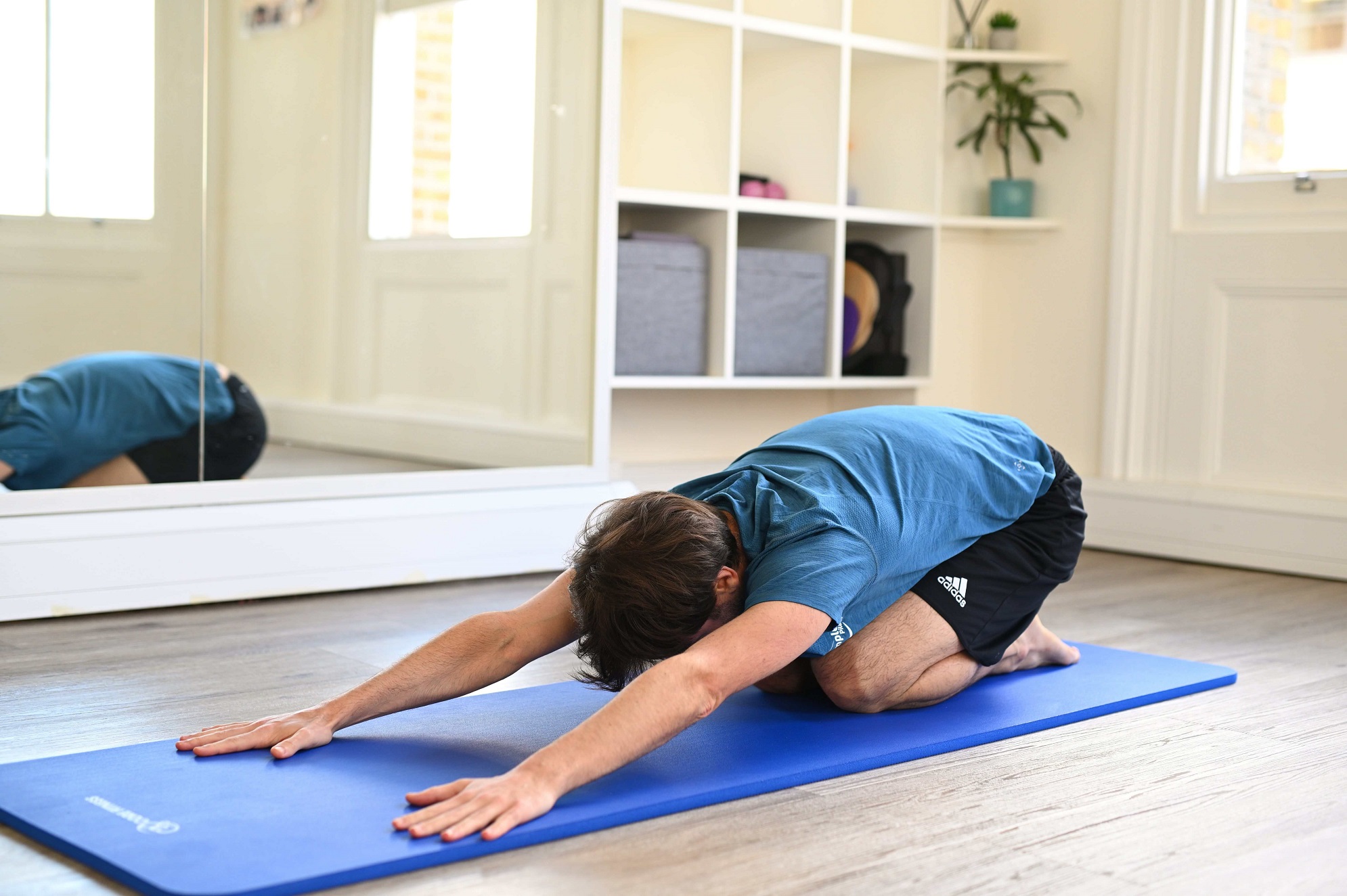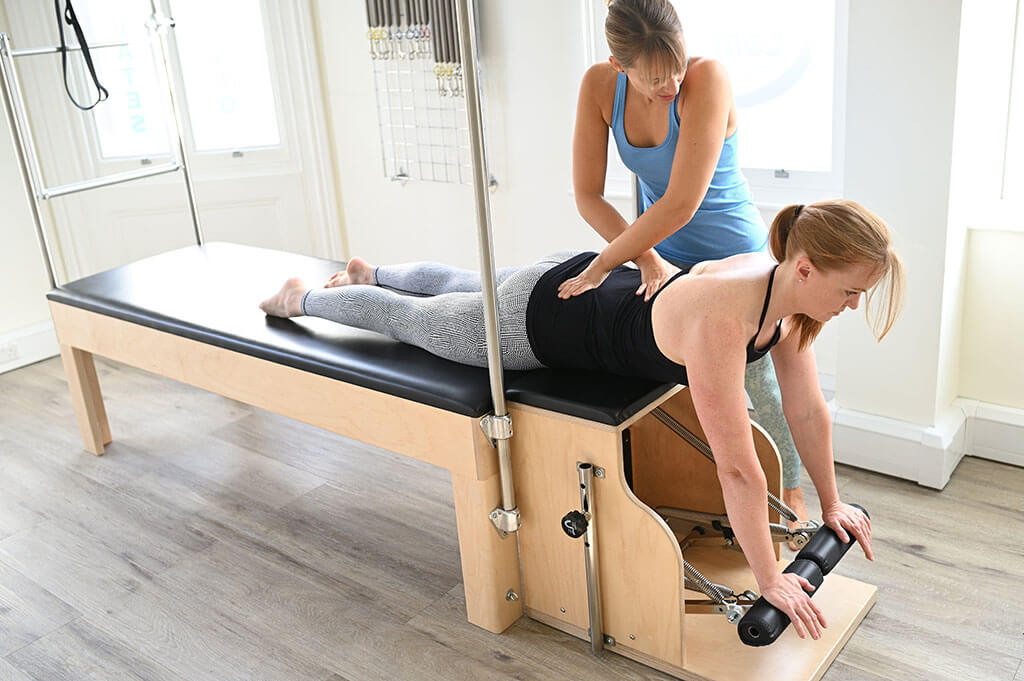Exercise is an important component of treating cancer. Research has proven the significant effects of exercise for people with cancer. There is more and more evidence being published that exercise needs to be a part of treatment even when you are having chemotherapy.
It doesn’t matter if you are someone who has never been physically active, even small changes can make a difference. For those of you going through chemotherapy who are used to exercising, it is recommended to keep going through treatment. One to one support from a cancer rehabilitation physiotherapist can ensure that you have the right programme for you and your body tailored to your needs.
There are many ways to be physically active and it doesn’t have to be structured exercise. There is a plan for everyone so that you can all get the benefits of exercise during chemotherapy.
This blog will explain the many benefits of exercise during chemotherapy as well as the recommendations and guidelines about when to exercise, when not to exercise and what to do.
Benefits of exercise during chemotherapy
Having a well-designed exercise plan before, during and after chemotherapy can have the following benefits;
- Increase the effectiveness of the chemotherapy treatment at destroying cancer cells
- Significantly improve survival rates for certain types of cancer such as breast and colon cancer
- Reduce the impact of common side effects such as fatigue, nausea, osteoporosis, lymphoedema and neuropathy
- Maintain and improve muscles strength and mobility
- Maintain function so that you can carry out your every day activities and remain independent
- Improve balance and reduce the risk of falls
- Reduce the risk or the effects of depression and anxiety
- Prevent weight gain which can occur with some treatment
- Reduce the risk of other diseases such as heart disease and diabetes
- Reduce the risk of other cancers
- Improve sleep
- Improve your quality of life

When can you exercise?
Before you start to exercise you should speak to your doctor and medical team. Ideally this will include a cancer rehabilitation physiotherapist. You can ask your doctor to be referred to physiotherapy or look for a cancer rehab physio on the Pinc and Steel register.
Exercise has been proven to be safe and effective during chemotherapy, however when you can exercise and what you can do will depend on certain things. These will all be assessed and considered when a programme is designed or recommended for you.
- What type of cancer you have
- What type of chemotherapy you are having
- What your previous fitness level and exercise profile is
- What side effects you are experiencing
- Any other health conditions you may have
During chemotherapy
The short answer is YES! You can exercise during chemotherapy but there are certain considerations and precautions you should take. These do not mean that you should not be doing anything but that you should seek guidance from your doctors and cancer rehab physiotherapist.
Everyone is different and will experience different side effects from treatment. You may suffer differently at different points of your treatment cycle. The aim is to try and do something each day, even a little activity is better than none. There may be days when you feel you cannot be active and that is ok but remember that even walking up and down the stairs a couple of times or hanging out the washing counts. It won’t always be a high intensity exercise class!
So when are the times that you should consider not exercising?
- If you are experiencing more severe fatigue or have anaemia (low red blood cell count) then you should rest until recommended to start exercising gently again.
- If your immune system is compromised and your white blood cell count is low, you should be cautious not to over-exert yourself and avoid public spaces such as gyms or group classes to reduce the risk of infection.
- If your cancer affects the bones you may be at a higher risk of fracture. You should take advice on the intensity of impact exercise and ensure you reduce the risk of falling.
- If you have peripheral neuropathy (pain or numbness from damage to the peripheral nerves) or tingling in the hands or feet you need to be careful to reduce your risk of falling and may need to adjust the exercise you do to remain safe.
- Certain types of chemotherapy drugs can affect the heartbeat for 24-48 hours after receiving it. If this is part of your treatment you need to wait until after 48 hours to do any exercise that is going to raise the heart rate.
After chemotherapy
When you have finished chemotherapy it is important to remember that the side effects can be ongoing for some time. Exercise will continue to help you to overcome the impact of the side effects of treatment.
The precautions remain the same as exercises during chemotherapy. Do also be aware if you start to feel shortness of breath or pain you should rest from exercise and speak to your doctor and physiotherapist so that an appropriate plan can be made for you ensuring that it is safe.
If you have been diagnosed with lymphoedema after cancer treatment, there may be special precautions that you need to take when you exercise. If you have been issues with a pressure garment this should be work during exercise. You might also be given advice on reducing weight bearing on your affected limb or avoiding sustained positions. All exercise can be modified to suit your needs by your cancer rehabilitation physiotherapist.

What to include within your exercise program
The guidelines for what exercise to do during cancer treatment are the same as the guidelines for the general population. You should aim for 150 minutes of moderate exercise per week on at least 5 days of the week. This should include 2-3 session per week of strength training.
Other forms of exercise during chemotherapy that are advised are breathing exercises and relaxation, stretches and balance exercises. Everyone’s programme will look a little bit different depending on your needs, your cancer diagnosis and what type of exercise you enjoy but there should always be a variety. your body will respond best to variety as it encourages the positive adaptations that you need.
Here are the five types of exercise that you should consider including in you exercise program during chemotherapy;
1. Breathing Exercises
Breathing exercises can be very useful during chemotherapy. Learning to control the breath can help with relaxation and reduce stress levels. Changing the rhythm of your breathing can help to slow your heart rate and stimulate the parasympathetic nervous system. Your parasympathetic nervous system is responsible for your ‘rest and digest’ systems so helps you to relax.
The other thing we use breathing for is to help you to activate your core muscles. The main breathing muscle, the diaphragm, works with the deep abdominals, pelvic floor and deep spinal muscles to give you core strength.
Breathing exercises can also be helpful in helping to control breathlessness.

2. Stretches
Stretches are a great daily component of any exercise programme. These can be done at a very low level so can be used even on the days when you do not feel like doing a more high intensity workout. Stretches during chemotherapy will help you to maintain range of movement and flexibility through your treatment.
There are many different types of stretches but it is a good idea to have a routine that you can do that will target each different group of muscles. Your cancer rehabilitation physio can help you with this.

3. Balance exercises
There is evidence to show that some people will have reduced balance when having chemotherapy. If your balance is reduced, then you increase the risk of falling and causing injury. Balance relies on many different factors, but we know that training it can help to not only maintain your balance but improve it.
Balance exercises can be as simple as practising standing on one leg and are easy to fit into your daily routine. Standing Pilates exercises can be a great way of training your balance as you challenge yourself to move in different ways.

4. Aerobic excercise
Aerobic exercise or cardio exercise can be anything that raises your heart rate and breathing rate. It doesn’t have to be high intensity, for some this may be marching on the spot and for others it will be going for a run or bike ride.
The benefit of cardio exercise is to keep your heart and lungs healthy and maintain your fitness. It will also reduce the risk of other health conditions such as heart disease and diabetes.
You should aim to work at a moderate intensity for 150 minute per week on at least five days per week.
5. Strength Excerises
Everyone should be including some strength exercises into their exercise routine and that includes people exercising during chemotherapy.
Strength exercises can be anything that challenges your muscles and could be weights, body weights, Pilates, yoga, or a combination of different things. You should aim to do strength exercises on 2-3 days per week for all the major muscle groups.
Including strength exercises not only helps your muscles to stay strong but also helps with bone density and balance.
Summary
If you are not sure what sort of exercise is right for you or you are concerned about pain or other side effects of treatment, please do seek out a cancer rehabilitation physiotherapist. Here at Complete Pilates, we have trained physios and Pilates instructors who can see you for a one to one session to design a bespoke programme for you and your goals.
Your goals during treatment and your goals for after treatment are important, and you can be working on this whist you have chemotherapy. Exercise during chemotherapy is supported in all the research as not only safe but effective at helping you to fight cancer.
If you are not able to come into clinic please do take a look at our on demand course for Pilates during cancer treatment which is available here.
These blogs are designed to give information to everyone, however, it is important to remember that everyone is different! If you have not seen one of our therapists and have any questions about injuries, what you have read or whether this may be useful to you, please just ask. We are more than happy to help anyone and point you in the right direction. Our biggest belief is that education is key. The more you understand about your injury, illness and movement, the more you are likely to improve.




